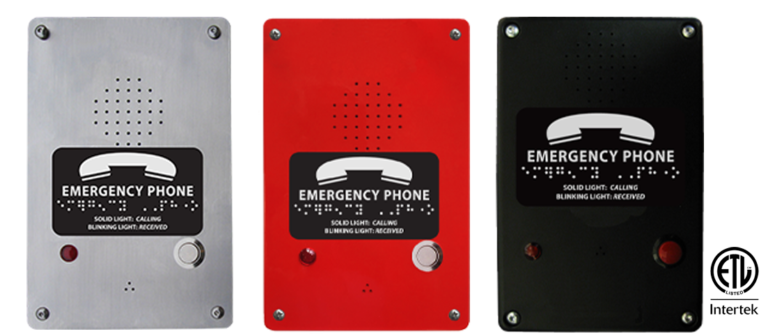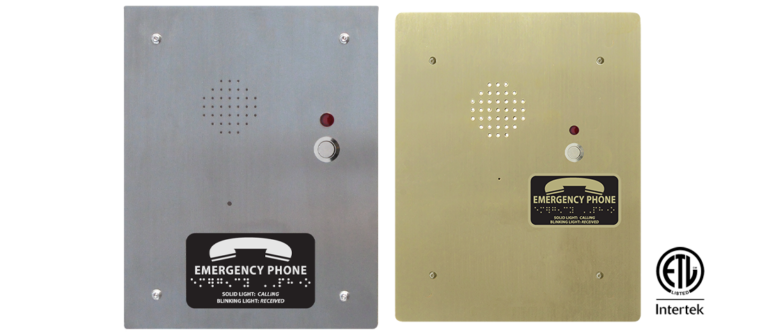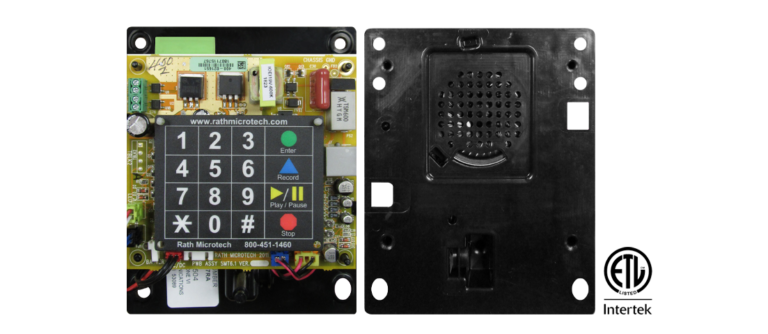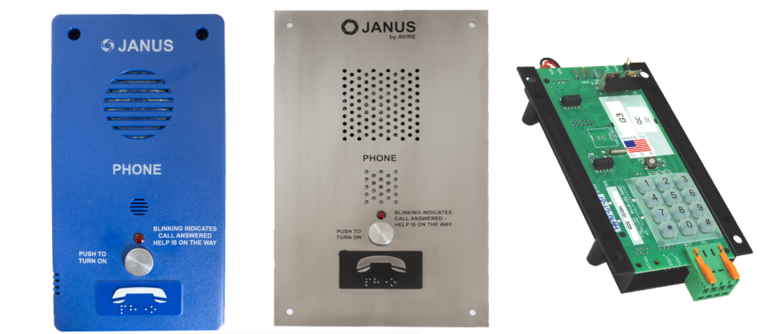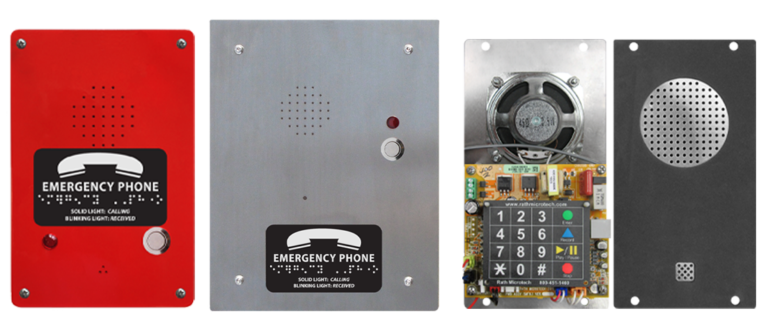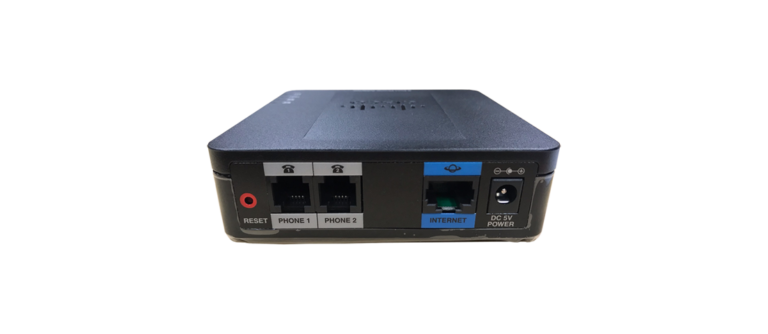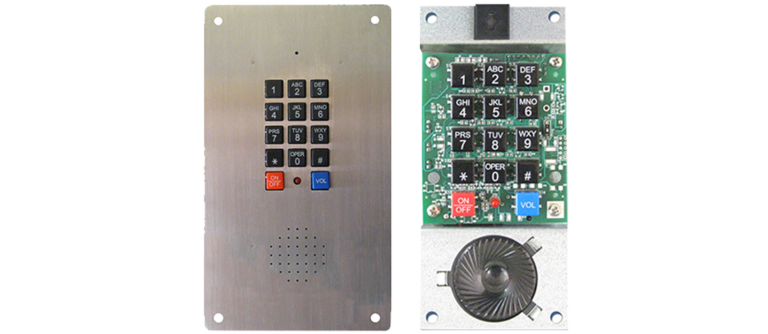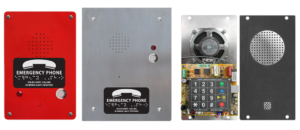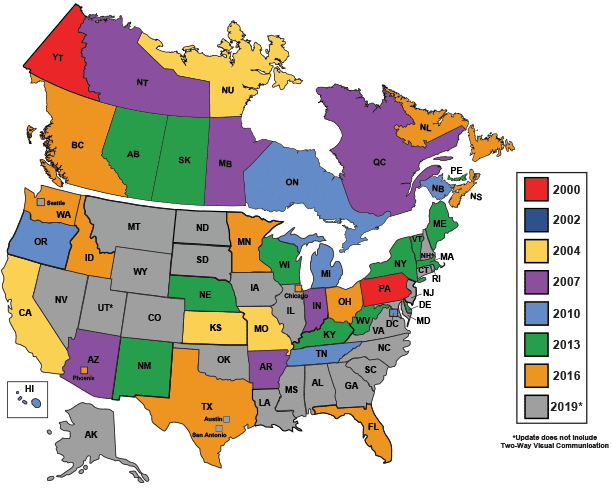Elevator Emergency Phones
In the event of an elevator emergency, it’s crucial to provide trapped passengers with a reliable, hands-free connection to emergency help. Our Elevator Emergency Phones are designed to ensure clear communication, adhering to ASME A17.1 2019/CSA B44-19 ‘Safety Code for Elevators and Escalators.’
Versatile Mounting Options: Available in surface, flush/panel mount or an OEM behind-the-panel designs tailored to your elevator’s aesthetics and functionality. We also offer mounting styles compatible with competitor phones, ensuring flexibility in installation
Power and Connectivity Options:
External Power Phones: Reliable phone systems that operate off external power sources for consistent communication
Telephone Line Powered Phones: Utilize POTS, PBX, or central office phone lines for uninterrupted power and communication
VoIP Power Phones: Designed for PoE or 12vdc power source with battery backup

